AI Predictions 2026: Tech Experts' Future Forecasts
Tech Experts' Predictions: Where is AI Heading in 2026?
The artificial intelligence landscape is evolving at breakneck speed, with 2025 already proving to be a transformative year for AI development and adoption across industries worldwide. As we look toward 2026, leading technology experts, researchers, and industry analysts are making bold predictions about the next phase of AI evolution that could reshape society, business, and human interaction with technology.
Understanding these expert predictions is crucial for businesses, professionals, and individuals seeking to navigate the rapidly changing technological landscape and position themselves advantageously for the opportunities and challenges that lie ahead in the AI-driven future.
From breakthrough advances in artificial general intelligence to revolutionary applications in healthcare, education, and scientific research, the coming year promises developments that will fundamentally alter how we work, learn, and interact with intelligent systems in our daily lives.
Current AI Development Trajectory
2025 Milestone Achievements
The year 2025 has witnessed unprecedented advances in large language models, with GPT-5 and competing systems demonstrating reasoning capabilities that approach human-level performance in many cognitive tasks and professional applications.
Multimodal AI systems have achieved seamless integration of text, image, video, and audio processing, enabling more natural and intuitive human-computer interactions across diverse applications and use cases.
AI-powered robotics have reached new levels of sophistication with Boston Dynamics, Tesla, and other companies deploying robots capable of complex physical tasks in manufacturing, logistics, and even domestic environments.
Quantum-AI hybrid systems have begun showing practical applications in drug discovery, materials science, and optimization problems, suggesting imminent breakthroughs in computational capabilities.
Market Adoption and Integration
Enterprise AI adoption has accelerated dramatically, with over 85% of Fortune 500 companies now using AI for core business functions including customer service, operations optimization, and strategic decision-making.
Consumer AI applications have become ubiquitous through smartphones, smart homes, and personal assistants, with users increasingly expecting AI-enhanced experiences across all digital interactions and services.
Government and public sector AI deployment has expanded into areas like healthcare systems, transportation infrastructure, and social services, creating new possibilities for public service delivery and efficiency.
Educational institutions worldwide have integrated AI tutoring systems and personalized learning platforms, fundamentally changing how students learn and teachers deliver educational content.
Infrastructure and Computing Advances
Cloud computing platforms have developed specialized AI inference and training capabilities, making advanced AI accessible to organizations without massive hardware investments or technical expertise.
Edge computing and mobile AI processing have enabled real-time AI applications in autonomous vehicles, industrial IoT, and mobile devices without requiring constant internet connectivity.
Neuromorphic computing chips designed to mimic brain architecture are beginning commercial deployment, promising dramatic improvements in AI efficiency and capability for specific applications.
Open-source AI frameworks and pre-trained models have democratized AI development, enabling smaller companies and individual developers to create sophisticated applications previously available only to tech giants.
Expert Predictions for AI in 2026
Artificial General Intelligence (AGI) Progress
Leading researchers at OpenAI, DeepMind, and Anthropic predict that 2026 will mark significant progress toward artificial general intelligence, with systems demonstrating human-level reasoning across multiple domains simultaneously.
Sam Altman and other industry leaders suggest that AGI capabilities will emerge gradually rather than suddenly, with 2026 systems showing increasing generalization and transfer learning across diverse cognitive tasks.
Academic researchers emphasize that while true AGI may remain elusive, 2026 AI systems will demonstrate sophisticated reasoning, planning, and problem-solving that rivals human capabilities in many professional contexts.
Safety researchers warn that rapid AGI progress requires unprecedented attention to alignment and control mechanisms to ensure beneficial outcomes as systems approach human-level intelligence.
Breakthrough Technology Developments
Autonomous AI agents capable of completing complex, multi-step tasks independently will become mainstream, revolutionizing business processes, research, and personal productivity across numerous industries and applications.
Brain-computer interfaces enhanced by AI will achieve practical applications in treating neurological conditions while opening new possibilities for direct neural interaction with digital systems and information.
AI-designed materials and molecular structures will accelerate scientific discovery, particularly in energy storage, medical treatments, and sustainable manufacturing processes with global impact potential.
Quantum-enhanced AI algorithms will solve previously intractable optimization problems in logistics, financial modeling, and scientific simulation, creating new possibilities for industrial and research applications.
Industry-Specific Transformations
Healthcare AI will achieve diagnostic accuracy exceeding human specialists in multiple medical fields while enabling personalized treatment protocols based on individual genetic and lifestyle factors.
Autonomous vehicle technology will reach full deployment in controlled environments with AI systems managing entire transportation networks in smart cities and specialized logistics applications.
Financial services will integrate AI for real-time fraud detection, algorithmic trading, and personalized financial advice while regulatory frameworks adapt to ensure consumer protection and market stability.
Manufacturing will embrace fully autonomous factories with AI systems coordinating production, quality control, and supply chain management with minimal human intervention required.
Technological Breakthroughs Expected
Advanced Language and Communication Models
Next-generation language models will demonstrate near-perfect natural language understanding and generation, enabling seamless human-AI communication across languages and cultural contexts with unprecedented accuracy.
Real-time language translation will achieve human-quality accuracy for complex technical and cultural content, breaking down global communication barriers in business, education, and international cooperation.
AI writing assistants will produce content indistinguishable from human authors while maintaining specific voice, style, and brand requirements across diverse content types and professional applications.
Conversational AI will develop emotional intelligence and cultural sensitivity that enables appropriate responses to complex social situations and interpersonal dynamics across diverse contexts.
Computer Vision and Perception Advances
AI visual processing will surpass human capabilities in medical imaging, satellite analysis, and scientific observation while enabling new discoveries in astronomy, biology, and materials science.
Augmented reality systems powered by AI will provide real-time object recognition, spatial understanding, and contextual information overlay that enhances human perception and decision-making capabilities.
Autonomous systems will achieve reliable operation in complex, unpredictable environments through advanced visual processing and environmental understanding that enables safe navigation and task completion.
Facial recognition and biometric systems will balance security applications with privacy protection through advanced encryption and consent management technologies.
Robotics and Physical AI Integration
Humanoid robots will begin deployment in service industries, elderly care, and domestic applications with AI enabling natural interaction and task completion in human environments.
Industrial robotics will achieve full autonomy in complex manufacturing processes while collaborating safely with human workers in shared environments and collaborative tasks.
Medical robotics will perform intricate surgical procedures with AI guidance while enabling remote surgery and specialized treatments in underserved areas and emergency situations.
Agricultural robots will manage entire farming operations autonomously while optimizing crop yields and resource usage through AI-powered environmental monitoring and decision-making systems.
Impact on Major Industries
Healthcare and Life Sciences Revolution
Personalized medicine will become standard practice with AI analyzing genetic data, lifestyle factors, and medical history to customize treatment protocols for individual patients with unprecedented precision.
Drug discovery timelines will compress dramatically as AI systems identify promising compounds and predict their effects, potentially reducing development time from decades to years for new treatments.
Telemedicine enhanced by AI diagnostics will provide healthcare access to underserved populations while maintaining quality standards through intelligent symptom analysis and treatment recommendations.
Mental health support will scale globally through AI counselors and therapy assistants that provide 24/7 availability while supporting human therapists with insights and intervention recommendations.
Education and Learning Transformation
Personalized tutoring systems will adapt in real-time to individual learning styles and pace while providing customized curriculum that maximizes educational outcomes for every student.
Automated grading and assessment will handle complex assignments including essays and creative projects while providing detailed feedback that helps students improve their skills and understanding.
Language learning will accelerate through AI conversation partners that provide immersive practice opportunities while adapting difficulty and content to individual proficiency levels and interests.
Accessibility features will ensure quality education for students with disabilities through AI-powered assistive technologies that adapt content and delivery methods to individual needs.
Financial Services Evolution
Algorithmic trading will dominate financial markets with AI systems executing millions of trades per second while managing risk and optimizing returns across complex global portfolios.
Personal financial management will become fully automated with AI advisors handling investments, budgeting, and financial planning while providing transparent explanations and maintaining user control.
Credit scoring and loan approval will incorporate AI analysis of alternative data sources while ensuring fair and equitable access to financial services across diverse populations.
Fraud prevention will achieve near-perfect accuracy through AI systems that analyze transaction patterns and behavioral indicators while minimizing false positives that disrupt legitimate activities.
Transportation and Logistics Transformation
Fully autonomous vehicle fleets will operate in major cities while AI systems manage traffic flow, parking, and maintenance to optimize transportation efficiency and reduce environmental impact.
Supply chain optimization will use AI to predict demand, manage inventory, and coordinate global logistics networks while adapting to disruptions and changing market conditions in real-time.
Drone delivery systems will handle last-mile logistics in urban areas while AI manages air traffic and ensures safe operations in complex airspace environments.
Public transportation will integrate AI for route optimization, predictive maintenance, and passenger experience enhancement while reducing costs and improving service reliability.
Societal and Economic Implications
Workforce Transformation and Job Market Changes
AI automation will eliminate many routine jobs while creating new roles focused on AI management, human-AI collaboration, and activities requiring uniquely human capabilities like creativity and empathy.
Reskilling and upskilling programs will become essential for workforce adaptation while governments and companies invest heavily in education and training to manage employment transitions.
Income inequality may initially increase as high-skill workers benefit disproportionately from AI productivity gains while lower-skill workers face displacement and wage pressure.
New economic models including universal basic income and job guarantees will be tested and potentially implemented to address workforce disruption and ensure social stability.
Privacy and Security Challenges
Data protection will become more complex as AI systems require vast amounts of personal information while new technologies like homomorphic encryption protect privacy during processing.
Deepfakes and synthetic media will pose increasing challenges for information verification while detection systems evolve to identify artificially generated content and protect against manipulation.
Cybersecurity threats will leverage AI for more sophisticated attacks while defensive systems also become more intelligent, creating an ongoing arms race between attackers and defenders.
Surveillance capabilities will expand through AI-enhanced monitoring systems while democratic societies struggle to balance security needs with privacy rights and civil liberties.
Global Competition and Cooperation
AI leadership will determine national competitiveness with countries investing heavily in research, infrastructure, and talent development to maintain technological and economic advantages.
International cooperation on AI safety and ethics will become more urgent as systems approach human-level capabilities while requiring global coordination to manage risks and ensure beneficial outcomes.
Technology transfer restrictions and export controls will shape global AI development while countries balance security concerns with the benefits of international collaboration and trade.
Developing nations will seek to avoid digital divides through AI adoption strategies while building indigenous capabilities and ensuring equitable access to AI benefits.
Challenges and Risk Factors
Technical and Safety Concerns
AI alignment problems will become more critical as systems become more powerful while researchers work urgently to ensure AI goals remain aligned with human values and intentions.
System reliability and failure modes will require extensive testing and validation while critical applications demand fail-safe mechanisms and human oversight capabilities for emergency situations.
Bias and fairness issues will persist in AI systems while new methods for detection and mitigation are developed to ensure equitable outcomes across diverse populations and use cases.
Explainability and transparency will become regulatory requirements while technical solutions are developed to make AI decision-making processes understandable to humans and auditable by authorities.
Regulatory and Governance Issues
AI regulation will struggle to keep pace with technological development while governments work to create frameworks that ensure safety without stifling beneficial innovation.
International standards and cooperation will be essential for managing global AI risks while different countries pursue various approaches to AI governance and oversight.
Liability and responsibility questions will become more complex as autonomous AI systems make decisions with significant consequences while legal frameworks adapt to address accountability issues.
Democratic participation in AI governance will require public education and engagement while ensuring that AI development serves broad societal interests rather than narrow corporate goals.
Social and Ethical Considerations
Human agency and autonomy may be diminished as AI systems make more decisions while society grapples with appropriate boundaries for automated decision-making in personal and social contexts.
Social manipulation through AI-powered persuasion and influence systems will require vigilance and protective measures while preserving freedom of expression and democratic discourse.
Cultural preservation and diversity may face challenges as AI systems trained primarily on dominant cultures potentially marginalize minority perspectives and traditional knowledge systems.
Digital dependency and human skill atrophy could result from over-reliance on AI assistance while society seeks to maintain human capabilities and independence.
Investment and Market Trends
Venture Capital and Startup Ecosystem
AI startup funding will reach unprecedented levels with venture capitalists prioritizing companies developing practical AI applications and infrastructure solutions that address real-world problems.
Specialized AI chips and hardware development will attract significant investment as companies seek to optimize performance and energy efficiency for AI workloads across various applications.
AI safety and alignment research will receive increased funding as investors recognize the importance of ensuring beneficial AI development while managing existential and systemic risks.
Enterprise AI solutions will dominate B2B markets while consumer AI applications create new categories of products and services that enhance daily life and productivity.
Corporate AI Investment Strategies
Technology giants will continue massive AI research investments while competing for top talent and computational resources to maintain leadership in foundational AI technologies.
Traditional industries will increase AI adoption spending while partnering with technology companies to integrate AI capabilities into their core business processes and operations.
Merger and acquisition activity will accelerate as companies seek to acquire AI capabilities while consolidating fragmented markets and building comprehensive AI solution offerings.
Patent portfolios and intellectual property will become increasingly valuable while companies invest in protecting their AI innovations and licensing technologies to competitors.
Public Sector and Government Investment
National AI initiatives will expand with governments investing billions in research infrastructure while supporting domestic AI capability development and maintaining technological sovereignty.
Military and defense AI applications will receive substantial funding while balancing technological advancement with ethical considerations and international stability concerns.
Public-private partnerships will facilitate AI deployment in healthcare, education, and infrastructure while ensuring public benefit from technological advancement and innovation.
Research funding will prioritize AI safety, ethics, and beneficial applications while supporting academic institutions and encouraging international collaboration on critical challenges.
Global Competition and Regulation
International AI Leadership Race
The United States and China will continue competing for AI supremacy while European Union focuses on ethical AI development and regulatory leadership in global AI governance frameworks.
Emerging markets including India, Israel, and South Korea will develop specialized AI capabilities while seeking to avoid dependence on dominant powers and maintain technological independence.
Brain drain and talent competition will intensify as countries compete to attract top AI researchers while investing in domestic education and training programs to build indigenous capabilities.
Open-source versus proprietary approaches will shape global AI development while balancing innovation sharing with competitive advantages and national security considerations.
Regulatory Frameworks and Standards
The EU AI Act will influence global AI regulation while other jurisdictions develop their own frameworks that balance innovation promotion with risk management and consumer protection.
Industry self-regulation initiatives will expand as companies seek to demonstrate responsible AI development while avoiding more restrictive government oversight and regulatory intervention.
International cooperation organizations will develop global AI safety standards while facilitating technology sharing and coordination on managing systemic risks and promoting beneficial outcomes.
Testing and certification requirements will become standard for critical AI applications while ensuring safety and reliability in high-stakes domains like healthcare, transportation, and finance.
Preparing for AI's Future
Strategic Planning for Organizations
Business leaders must develop AI strategies that balance automation benefits with human workforce development while preparing for rapid technological change and competitive pressure.
Investment in AI infrastructure and capabilities should focus on areas that provide sustainable competitive advantages while building organizational expertise and adaptability for future developments.
Risk management frameworks must address AI-specific challenges including system failures, bias issues, and regulatory compliance while maintaining operational resilience and stakeholder trust.
Ethical AI policies and governance structures will become essential for maintaining public trust while ensuring responsible technology deployment and avoiding reputational and legal risks.
Individual Career and Skill Development
Professionals should develop AI literacy and collaboration skills while focusing on uniquely human capabilities that complement rather than compete with artificial intelligence systems.
Continuous learning and adaptation will become essential career requirements while staying current with technological developments and industry-specific AI applications and opportunities.
Entrepreneurial thinking and innovation skills will create opportunities for individuals who can identify and address problems that AI enables solving in new and creative ways.
Network building and relationship development remain crucial while human connections and trust become more valuable in an increasingly automated and digital business environment.
Educational and Training Priorities
Educational institutions must integrate AI literacy into curricula while preparing students for careers that will require human-AI collaboration and technological adaptability throughout their working lives.
Workforce retraining programs will become critical social infrastructure while helping displaced workers transition to new roles and ensuring broad participation in AI-enhanced economic opportunities.
Critical thinking and media literacy education will help society navigate AI-generated content while maintaining informed democratic discourse and decision-making capabilities.
Ethics and philosophy education will become more important while helping individuals and society grapple with fundamental questions about human agency and values in an AI-enhanced world.
Long-Term Vision Beyond 2026
Pathway to Artificial General Intelligence
Expert consensus suggests that while full AGI may not arrive in 2026, the year will mark significant progress toward systems with human-level reasoning across multiple domains simultaneously.
Gradual capability scaling rather than sudden breakthroughs will characterize AGI development while safety measures and alignment research attempt to keep pace with capability advancement.
Economic and social disruption from near-AGI systems will require proactive management while society adapts to the possibilities and challenges of increasingly capable artificial intelligence.
International cooperation on AGI development and deployment will become essential while managing competitive pressures and ensuring beneficial outcomes for all humanity.
Transformative Scientific Discoveries
AI-accelerated research will likely produce breakthrough discoveries in physics, biology, and materials science while opening new frontiers for human knowledge and technological capability.
Climate change solutions may emerge from AI-designed technologies while sustainable development goals benefit from optimized resource allocation and environmental monitoring systems.
Space exploration and colonization efforts will be enhanced by AI systems while autonomous robots and intelligent systems enable human expansion beyond Earth.
Life extension and human enhancement technologies developed with AI assistance may begin to alter fundamental aspects of human existence and society.
Social and Cultural Evolution
Human-AI symbiosis will evolve beyond simple tool usage toward deeper integration while society adapts to new forms of intelligence and capability augmentation.
Creative expression and cultural production will be transformed by AI collaboration while raising questions about authenticity, originality, and the nature of human creativity.
Governance and democratic institutions will adapt to AI-enhanced decision-making while preserving human agency and ensuring broad participation in societal choices and directions.
Philosophical and spiritual questions about consciousness, intelligence, and human purpose will gain urgency while society grapples with fundamental questions about identity and meaning.
Conclusion
The expert predictions for AI in 2026 paint a picture of unprecedented technological advancement that will reshape virtually every aspect of human society, from how we work and learn to how we solve global challenges and understand ourselves.
While the specific timeline and details of AI development remain uncertain, the consensus among leading experts suggests that 2026 will mark a critical inflection point where AI systems approach human-level capabilities in many domains while creating both extraordinary opportunities and significant challenges.
Success in navigating this transformation will require proactive preparation, thoughtful regulation, and commitment to ensuring that AI development serves broad human interests while preserving the values and capabilities that make us uniquely human.
The choices made today about AI research priorities, safety measures, and deployment strategies will determine whether the AI revolution of 2026 and beyond creates a more prosperous, equitable, and fulfilling future for all humanity.
Organizations and individuals who begin preparing now for the AI-transformed world of 2026 will be best positioned to thrive in an era of unprecedented technological capability and rapid social change.
The future of artificial intelligence is not predetermined, and the expert predictions for 2026 represent both possibilities and responsibilities that require careful stewardship from all stakeholders in our increasingly AI-integrated world.
As we stand on the brink of potentially the most significant technological transformation in human history, the actions taken in 2025 and 2026 will shape the trajectory of AI development for generations to come.



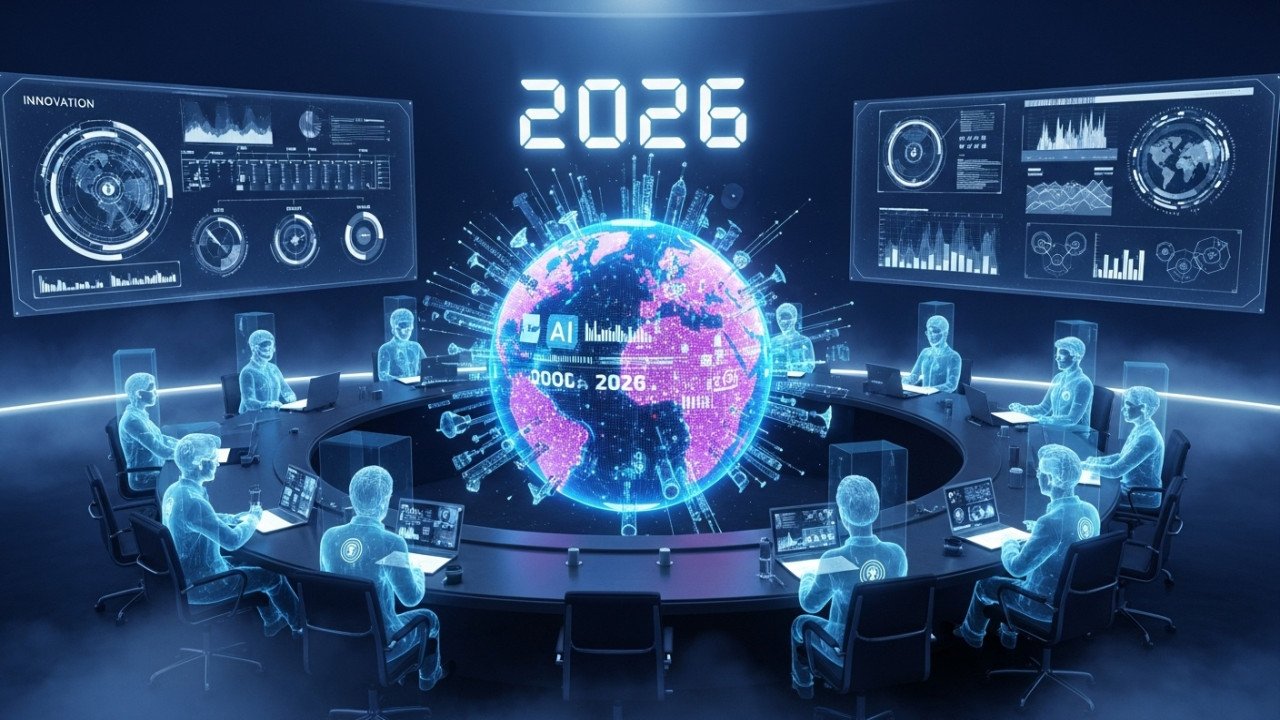
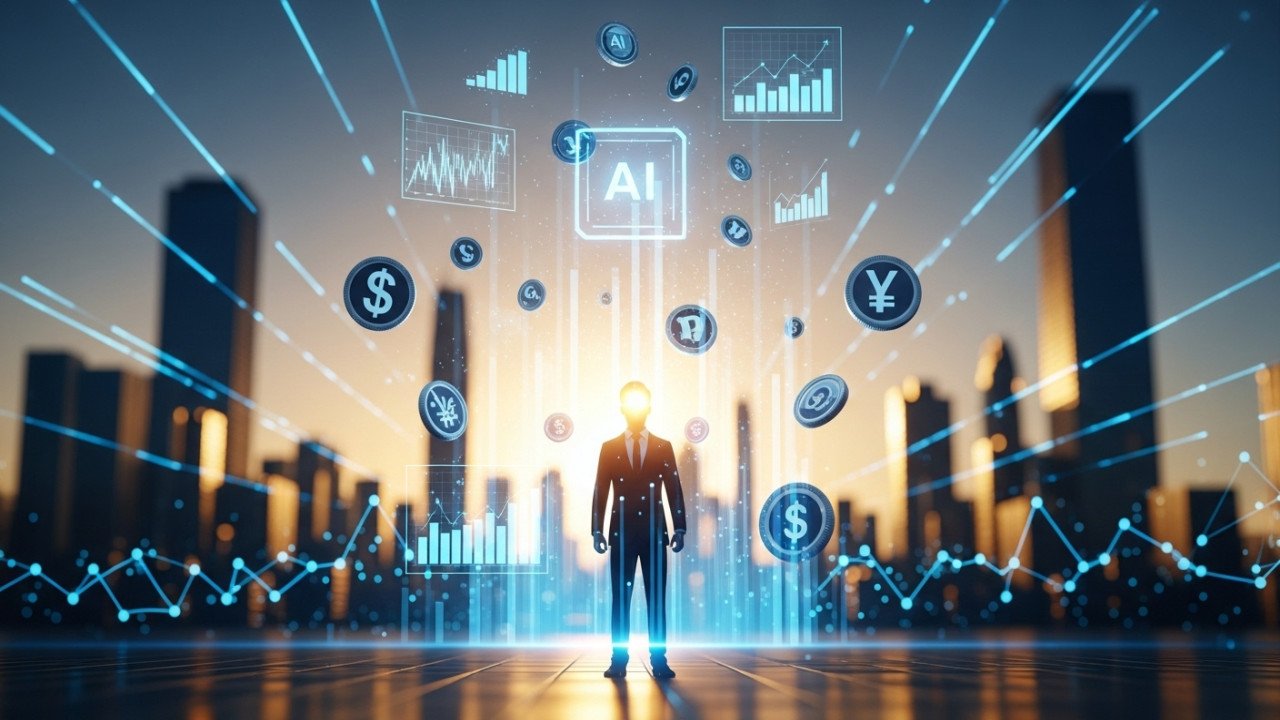
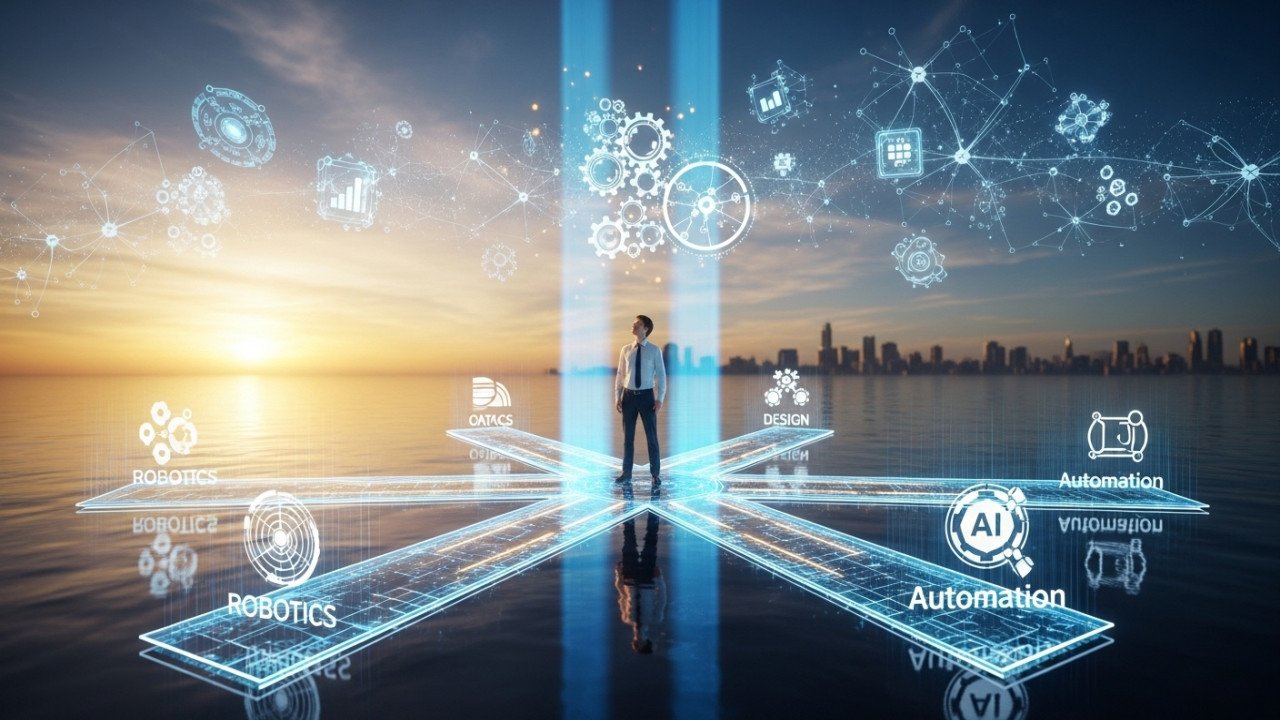

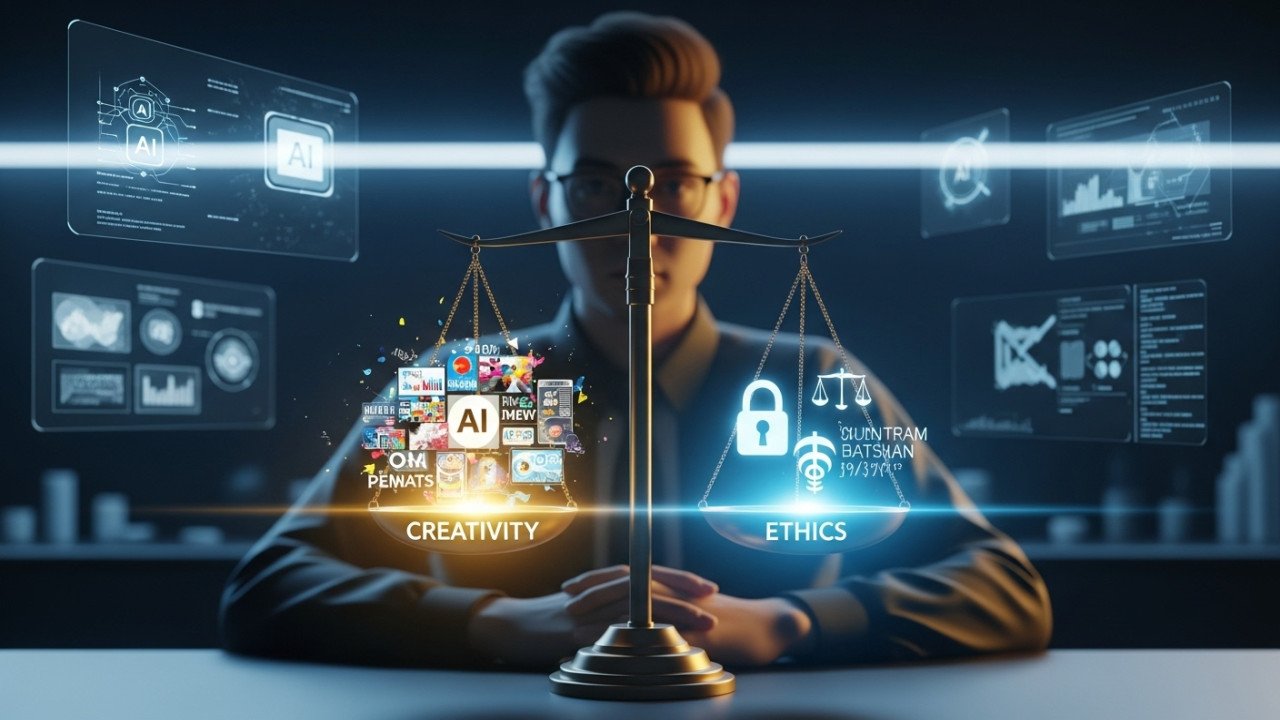
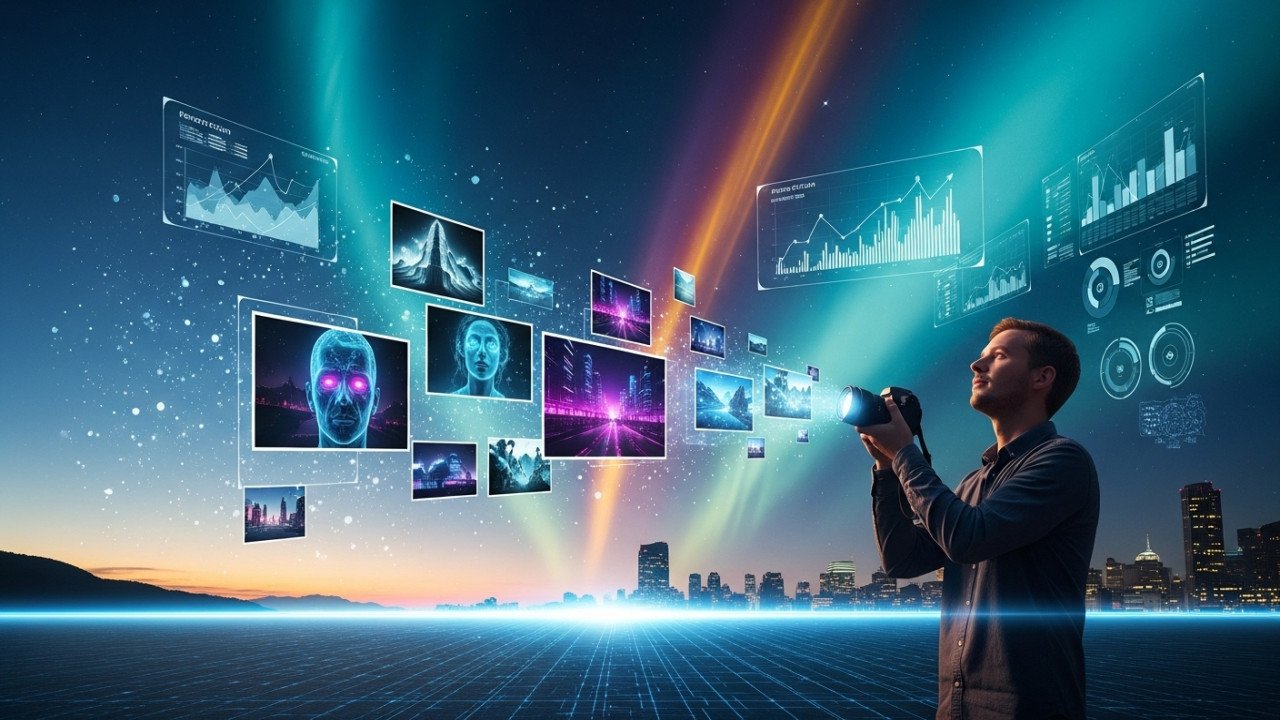
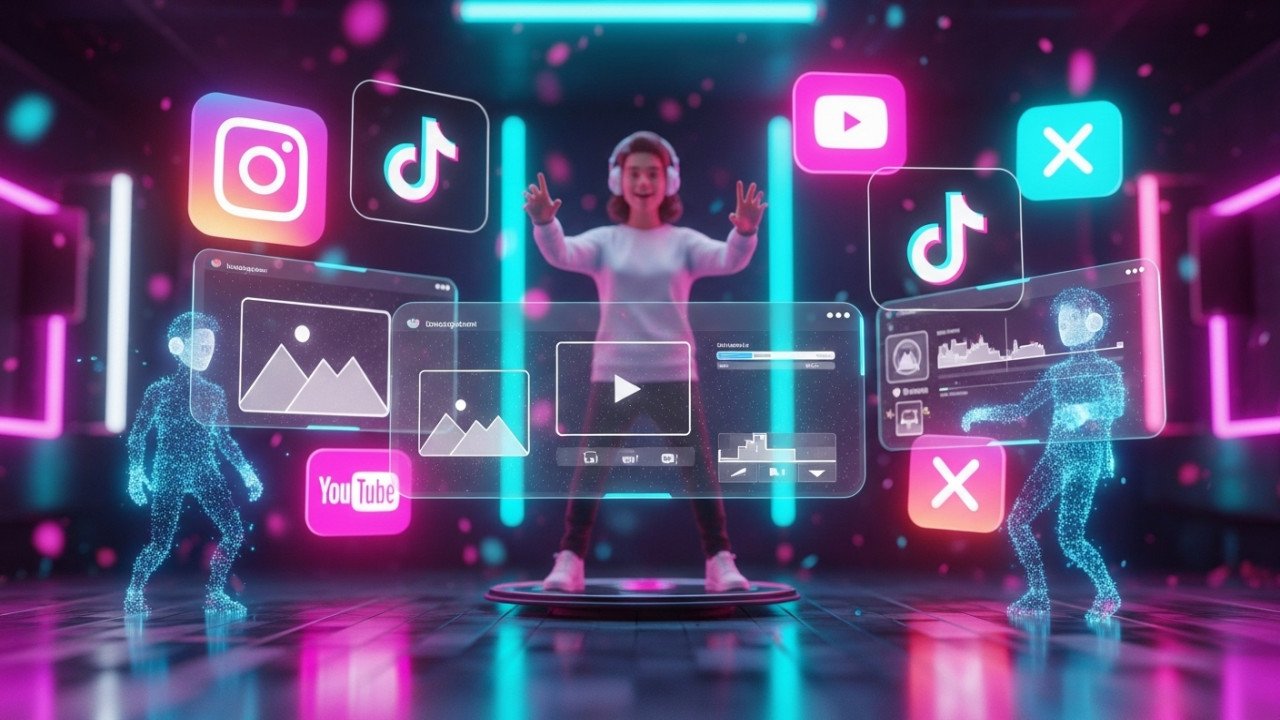
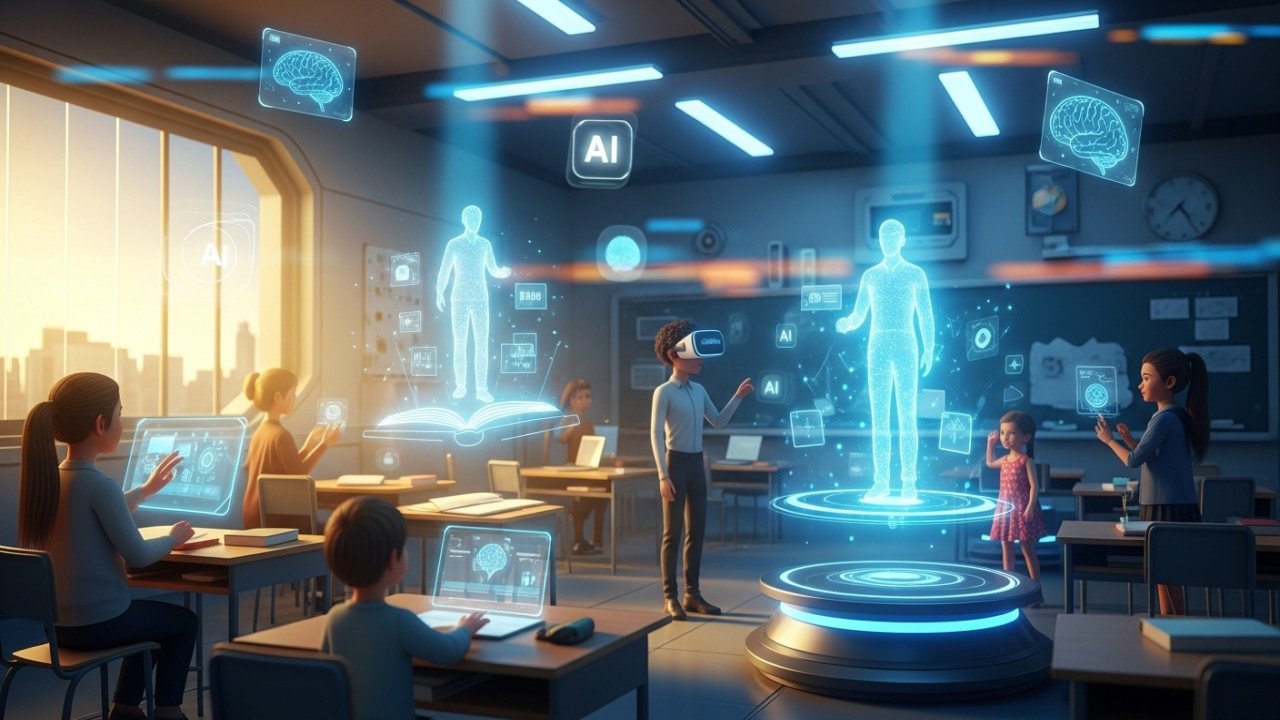
Comments (0)
No comments found